

It is believed that, until 1829, all Russian fairy tales were folk tales. Writer Antony Pogorelsky changed this tradition. His ‘The Black Hen’ is creepy and realistic at the same time - the perfect combo to read without any distractions.
A young boy named Alyosha rescues a chicken from a cook and soon learns that ‘Chernushka’ is actually the minister of a magical underground kingdom where little people live. As a reward, he receives a grain that helps him answer all questions and learn nothing. However, Alyosha fails to keep the secret of the underground inhabitants and they are forced to leave their kingdom. At parting, he sees ‘Chernushka’ in human form, shackled, and can not hold back tears.
There is a fair amount of mysticism in this tale: sometimes it is unclear whether the protagonist is seeing the underground inhabitants in a dream or in a delirium. At the same time, it is a story about education and growing up: an arrogant boy, having committed a bad deed, sincerely repents.
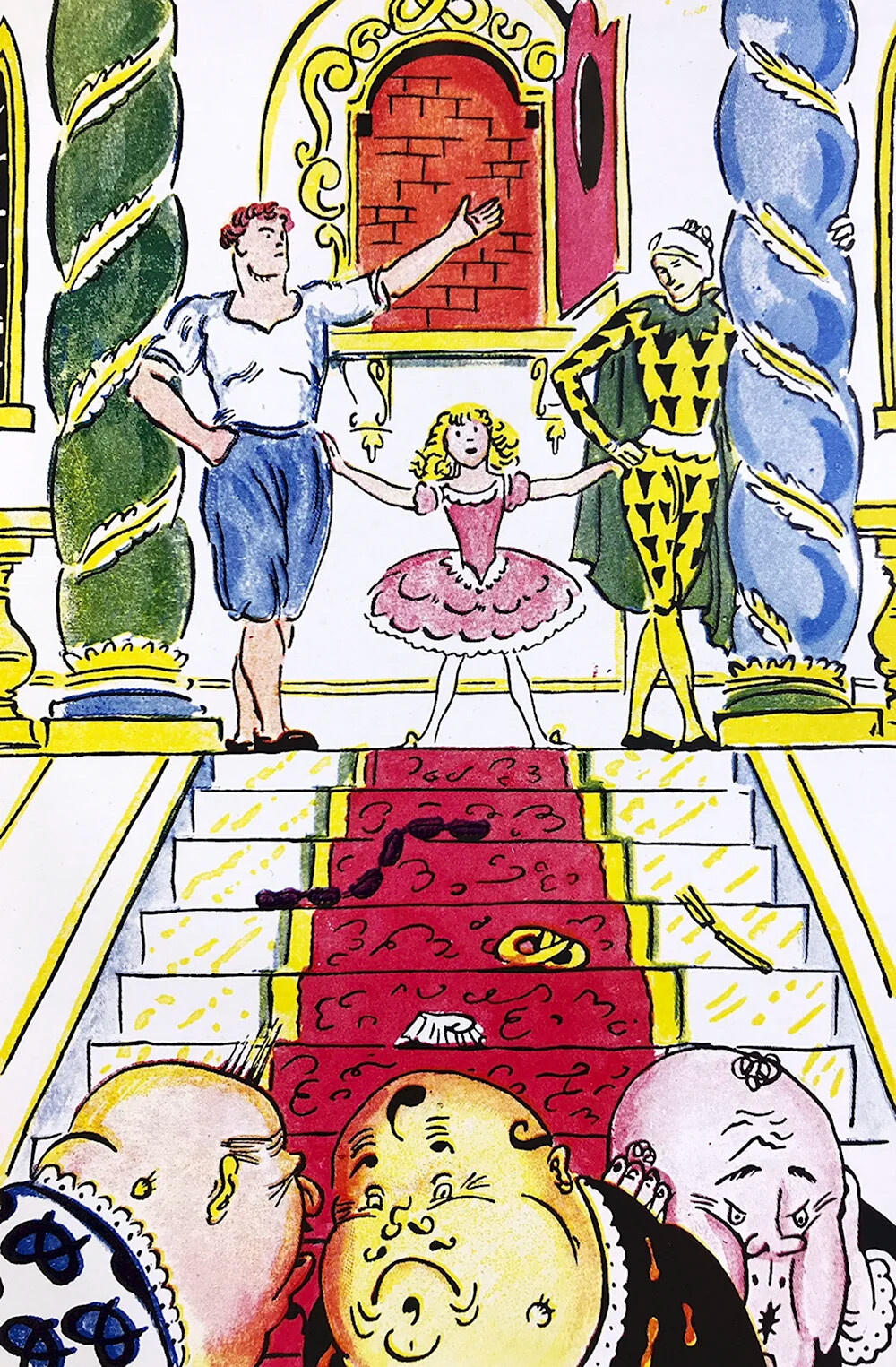
This is a Soviet fairy tale about rebellion in a country where power has been usurped by the Three Fat Men, the regents of the heir Tutti, who own the production of bread and the mining of coal and iron. This story about the revolution features amazing characters - separated twins, a gymnast-revolutionary, a doll that looks exactly like a living girl and a brilliant scientist, who, over the years of living in a menagerie, almost turned into a wolf.
In Olesha's tale, the Three Fat Men demand that Tutti be transplanted with an iron heart, so that he knows no pity and even send a child to be executed. But, at the same time, the scary tale does not lose its charm: it is not by chance that the book was translated into 17 languages.
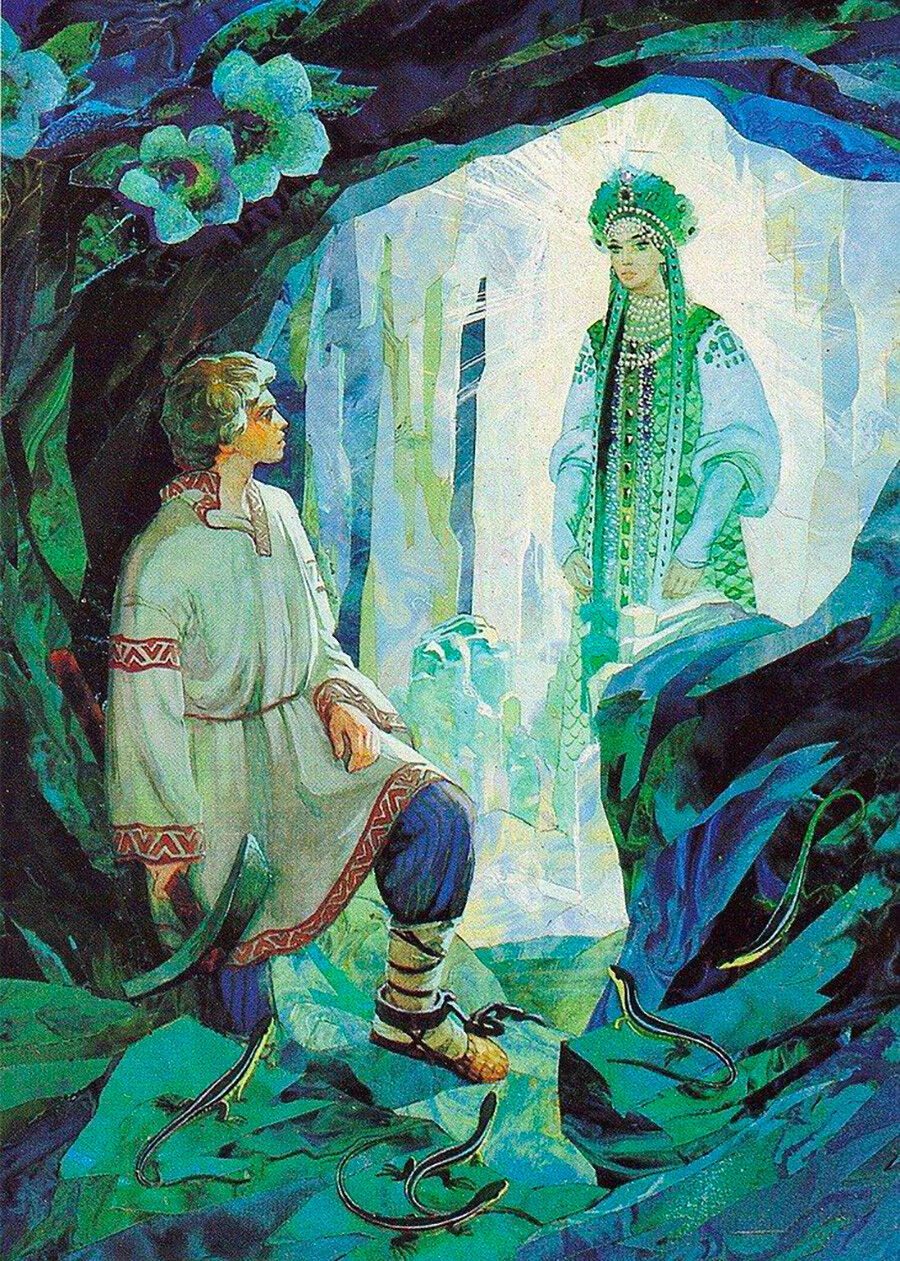
In the colorful Ural fairy tales, or fables, simple craftsmen working in the mines meet local spirits - Sinyushka, the Mistress of the Copper Mountain, and ‘Ognevushka-poskakushka’, the jumping firefly. They are harsh, but fair: they help those who not only want to extract rock from the ground, but know how to create amazing things from it. You could say they are patrons, the Ural spirits of creativity for stone-cutters. No wonder that, in the late 1930s, Bazhov's tales were taken for folklore.
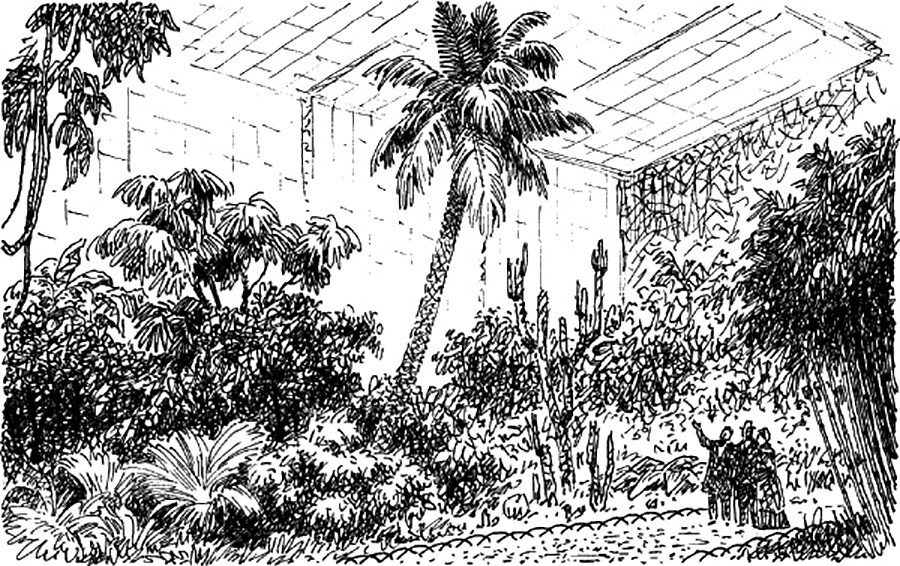
The heroine of thise fairy tale is neither a magical creature nor a human being. Attalea princeps is a palm tree that dreams of leaving the walls of the greenhouse in which it grows. The other plants are constantly quarreling among themselves, arguing over who drinks how much water - in general, behaving like a company of grumpy relatives. But Attalea does not get involved in these petty scandals. On the contrary, she encourages other trees to grow taller and stronger - then, perhaps, they will be able to break the glass of the greenhouse and break free. But alas, only she dreams of this...
A sad parable about a pipe dream reminds us that people also have this choice - to submit to fate or to fight for their idea, even in complete loneliness.
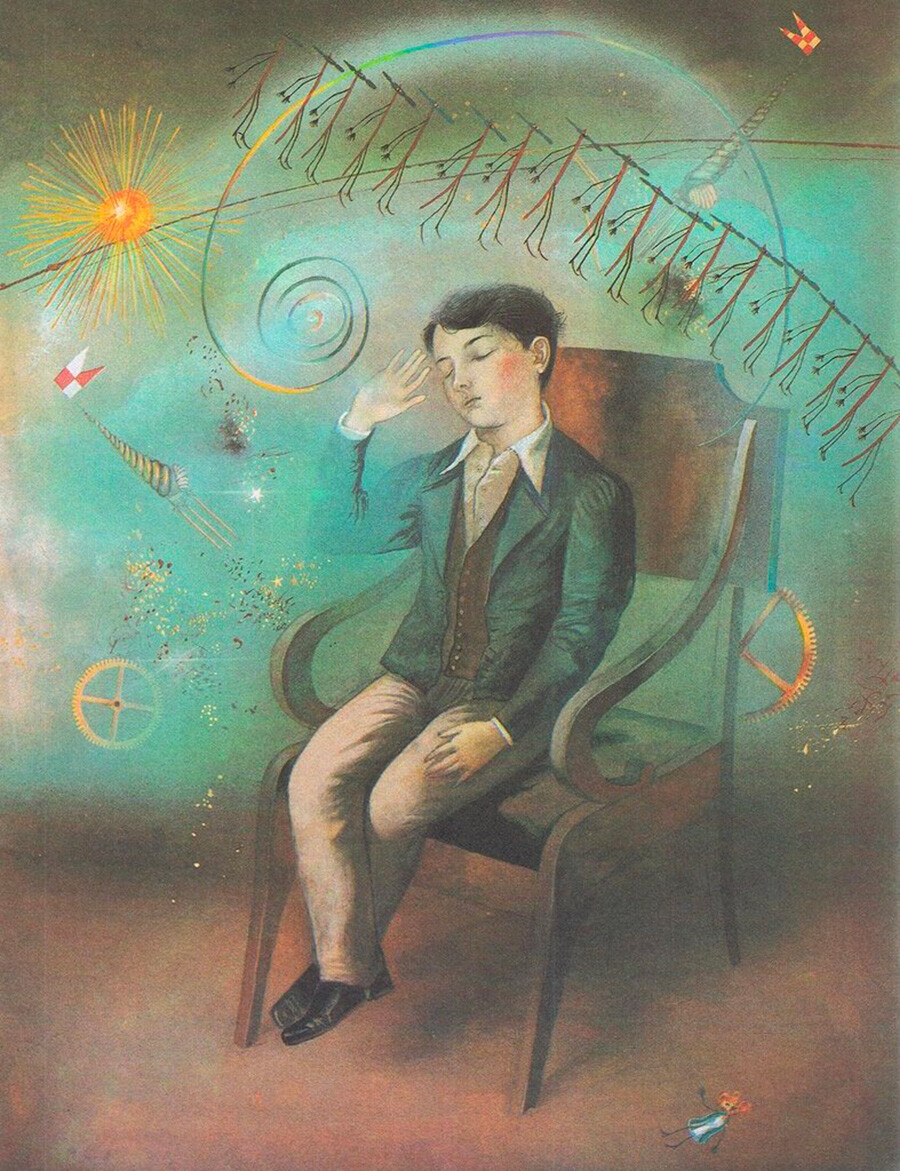
There are no trains or cabs In the town of Tinkerbell; you can only get there by lifting the lid of a music box. In it lives a spring Princess, a warden roller and evil hammers. As soon as they strike the locals - bells of different sizes - they start to ring. That's why there is always music in this wonderful city - the mechanism of the box works without fail. If, of course, it is handled correctly.
The fairy tale-journey to a micro-world seems to be a fantastic story, but, on the other hand, tells children about the mechanism of the box. Both interesting and useful.
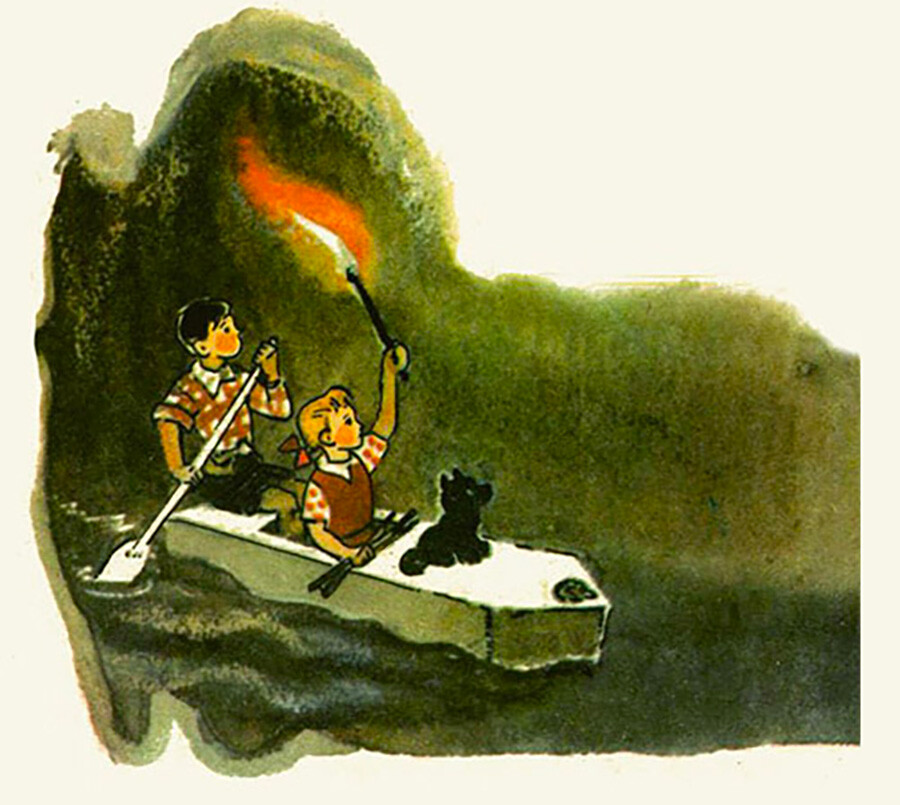
The story of the magical land of Oz and the girl Dorothy, which was invented by Frank Baum, was adapted by Alexander Volkov for Soviet children by adding new chapters. ‘The Wizard of Emerald City’ proved so popular that the writer decided to write a sequel. It is about the Underground Country, where seven kings live. They rule in turns: while one sits on the throne for six months, the other six, along with their courtiers, sleep after drinking water from a magical spring. But, when this sleepy water begins to disappear, anarchy begins in the kingdom.
Volkov comes up with a fantastic plot involving re-education. After all seven kings are plunged into sleep and awakened, they are in no hurry to be reminded of who they are. On the contrary, they are told that they are laborers. This is a cautionary tale and, though it seems a bit naive, never loses its magical flair.
Dear readers,
Our website and social media accounts are under threat of being restricted or banned, due to the current circumstances. So, to keep up with our latest content, simply do the following:
If using any of Russia Beyond's content, partly or in full, always provide an active hyperlink to the original material.
Subscribe
to our newsletter!
Get the week's best stories straight to your inbox